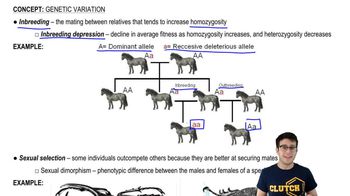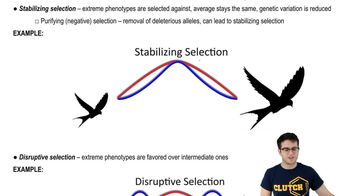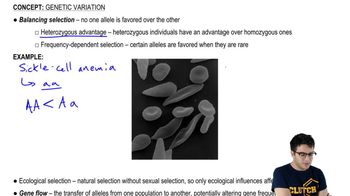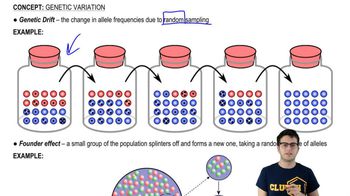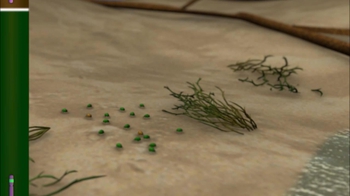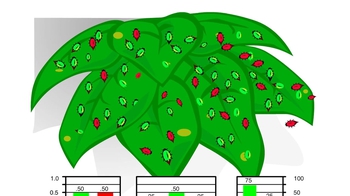22. Evolution of Populations
Genetic Variation
22. Evolution of Populations
Genetic Variation
Additional 17 creators.
Learn with other creators
Showing 20 of 20 videos
Practice this topic
- Multiple ChoiceThe human genome consists of approximately 3 billion base pairs. If humans typically differ from one another by about 3 million base pairs, what is the nucleotide variability of Homo sapiens?
- Multiple ChoiceStabilizing selection __________.
- Multiple ChoiceWhich of the following mechanisms can form entirely new alleles?
- Multiple ChoiceSexual recombination includes the shuffling of chromosomes in __________ and fertilization.
- Open QuestionNatural selection changes allele frequencies because some _________ survive and reproduce better than others.a. allelesb. locic. speciesd. individuals
- Open QuestionThe largest unit within which gene flow can readily occur is aa. population.b. species.c. genus.d. hybrid.
- Open QuestionHow do the phospholipids in archaea differ from those in other cells?a. They have tails made of unsaturated fatty acids instead of saturated fatty acids.b. They do not contain hydrocarbon chains.c. They have isoprenoid tails instead of fatty acid tails.d. They have two hydrocarbon chains instead of three hydrocarbon chains.
- Open QuestionWhat two functional groups are bound to the central carbon of every free amino acid monomer?a. an R-group and a hydroxyl groupb. an N—H group and a ═(C═O) groupc. an amino group and a hydroxyl groupd. an amino group and a carboxyl group
